18650 batteries have become a cornerstone of modern rechargeable power solutions, used in everything from flashlights and power tools to electric vehicles. A common point of confusion lies in the difference between 3.7V and 4.2V variants. What do these voltage ratings mean? And how do they affect your device's performance, compatibility, and safety?
In this guide, we’ll break down the key distinctions between 3.7V and 4.2V 18650 batteries — including how they work, where they’re used, and which one is right for your application.

The rated voltage of an 18650 battery refers to its nominal voltage — the average voltage level the battery delivers during its discharge cycle. Most 18650 batteries are available in two common variants: 3.7 volts and 4.2 volts.
The 3.7V rating is the nominal voltage the battery maintains during discharge
4.2V is the peak voltage when fully charged.
These voltage specifications are important because they determine which devices the battery is suitable for and how it should be charged and managed.
Understanding the voltage characteristics of 18650 lithium batteries is essential when choosing the right one for your needs. Valued for their high energy density, rechargeability, and versatility, these batteries are widely used in everything from portable electronics to electric vehicles.
Maximum Voltage Capacity:
The main feature of this battery is its ability to reach 4.2V at full charge, higher than the 3.7V nominal voltage. This higher voltage directly affects power output and suitability for high-drain applications.
Higher Power Output:
Thanks to its elevated voltage, this battery delivers more power, making it ideal for devices that require sustained, high-performance energy.
Charging Requirements:
These batteries need chargers specifically designed to handle 4.2V charging parameters. Accurate, controlled charging is essential for safety and to maintain battery lifespan.
Capacity & Efficiency:
Although the voltage is higher, the capacity (measured in mAh) is typically similar to that of 3.7V batteries, offering a balance between power and energy storage.
High-Powered LED Flashlights:
Used in professional and outdoor scenarios, these flashlights rely on 4.2V 18650 batteries for brighter, longer-lasting light output.
Electric Bikes & Scooters:
Many e-bikes and scooters prefer higher voltage batteries for extended range and better performance.
High-Capacity Power Banks:
Power banks designed to handle multiple devices or fast charging often use 4.2V cells for consistent, higher-capacity output.
Advanced Vaping Devices:
High-wattage vaping mods require reliable, sustained power, which these batteries efficiently provide.
Cordless Power Tools:
Drills, saws, and other power tools benefit from the prolonged high-drain performance these batteries offer.
Stronger Power Delivery:
Provides higher output for devices that demand more energy and sustained performance.
Enhanced Device Efficiency:
Compatible devices run more effectively and for longer periods without dips in power.
Better Runtime in High-Drain Situations:
Ideal for applications requiring continuous high-power use, maintaining consistent performance throughout.
Optimized for High-Voltage Devices:
Perfectly suited for equipment designed to utilize higher voltage ranges, ensuring peak operational efficiency.
Nominal Voltage
The core feature of the 3.7V 18650 battery is the nominal voltage of 3.7 volts, which represents the average output voltage of the battery during the discharge cycle.
Stable Power Output
This type of battery is designed to maintain a stable 3.7V voltage to ensure continuous and reliable power supply during device operation.
Standard Capacity
The capacity varies depending on the model, but it is generally at a medium capacity level suitable for portable electronic devices, balancing battery life and size.
Wide Application
With its standard voltage and moderate power output, the 3.7V 18650 battery is widely used in consumer electronics, portable lighting equipment, and various DIY electronic projects.
Good Compatibility
Devices that support the 3.7V voltage range can be seamlessly compatible and ensure stable performance without additional modifications.
Charging Requirements
A dedicated 3.7V lithium battery charger is required to ensure a safe and stable charging process and extend battery life.
If you need to know the 18650 battery safety purchase guide, the 3.7V model is a stable and reliable choice for daily low- and medium-power devices.
Portable electronic devices
Such as Bluetooth headsets, smart watches, and small electronic devices rely on 3.7V batteries to strike a balance between size and power.
Medium and small power flashlights
Although 4.2V batteries are commonly used for high-brightness flashlights, 3.7V batteries are more suitable for daily portable flashlights, which have sufficient brightness and moderate power consumption.
DIY electronic projects
Because of its easy access, moderate voltage and good compatibility, it is often used by electronic enthusiasts for various DIY production and experimental projects.
Energy-saving sensors
Such as environmental monitoring equipment, low-power industrial sensors, etc., rely on 3.7V batteries to provide stable and long-term power supply.
Low-power devices
Electronic clocks, remote controls, small electronic toys, etc. do not require high current, and 3.7V batteries can be used for a long time.
Wide compatibility
Adapt to many standard devices, no additional adaptation and modification is required, and the application is flexible.
Standard voltage
3.7V is a common voltage specification in the industry. Batteries are easy to purchase and highly compatible with devices.
Moderate power output
Provides balanced power supply for medium and low power devices, extending battery life while ensuring device operation efficiency.
Stable performance
The nominal voltage is stable and the output is continuously balanced, ensuring long-term stable operation of the device.
Diverse application scenarios
Suitable for a variety of occasions such as consumer electronics, portable lighting, DIY projects, etc., with a wide range of applications and high cost performance.
Voltage performance difference
The most significant difference between the two is the nominal voltage:
18650 batteries can be charged up to 4.2V, which is ideal for devices that require high power output.
3.7V batteries maintain an average voltage of 3.7 volts throughout the discharge cycle, which is suitable for daily electronic devices and portable devices.
This voltage difference not only affects the performance of the device, but also determines their usage scenarios and charging and discharging characteristics.
Impact on device performance and efficiency
4.2V batteries provide higher power output, making the device perform more powerful under high load and high power consumption requirements, suitable for power tools, e-cigarettes, strong light flashlights and other scenarios.
3.7V batteries focus on stable battery life and medium power consumption, suitable for smart wearables, small electronics, sensors, etc., which have higher requirements for battery life and safety.
Capacity and output power comparison
Although the battery capacity (mAh) of the two is roughly the same, there is a significant difference in output power:
4.2V battery relies on higher voltage to release stronger power and can drive high-load devices.
3.7V battery is known for its stable and moderate power output, which is more suitable for long-term operation of low-power devices.
The impact of voltage difference on battery life and device performance
Although the 4.2V battery has high power, if it is used in unmatched devices, it is easy to accelerate component aging and shorten battery life.
When used in matching devices, 3.7V batteries usually have better battery life and longer life due to moderate power consumption and light component burden.
Q1: What is the difference between 3.7V and 3.6V 18650 batteries?
In fact, 3.7V and 3.6V are both nominal voltages of 18650 batteries, representing the average voltage of the battery during the discharge cycle. The actual voltage will fluctuate with the change of power level, usually about 4.2V when fully charged and about 2.5V-3.0V when empty. The essential performance of the two is similar, mainly because the manufacturer's marking standards are different.
Q2: Which 18650 battery has the highest output power?
The output power depends on the battery's discharge current (A) and battery capacity (mAh). Some high-rate 18650 batteries, such as high-performance flashlights, e-cigarettes, and power tool batteries, can output 20A-35A current, which is suitable for high-energy consumption equipment. When purchasing, just pay attention to the "Continuous Discharge Current" parameter.
Q3: At what voltage is the 18650 battery considered broken?
Generally speaking, if the battery voltage is lower than 3.0V, it indicates an abnormal state and needs to be checked or stopped in time. If the battery is discharged to below 2.5V, most protection boards will automatically cut off the power. Continuing to discharge will damage the battery activity, affect the life and even pose a safety risk.
Q4: Which devices are suitable for using 4.2V 18650 batteries?
Devices with high energy density and continuous power output requirements, such as high-performance drones, gaming notebooks, portable medical devices, high-power flashlights, and electronic cigarettes, are more suitable for using 4.2V 18650 batteries.
Q5: Can 3.7V and 4.2V batteries be used interchangeably?
It is not recommended to interchange. Although some devices may be compatible, if the voltage does not match, it may cause device failure, battery heating or shortened service life. It is recommended to strictly refer to the battery specifications in the device manual.
Q6: How many volts should a 3.7V lithium battery be charged to?
The full voltage of a nominal 3.7V lithium-ion battery is 4.2V, and most lithium battery chargers will automatically stop charging at this voltage. Do not over-pressurize the battery, otherwise it may easily lead to battery expansion, performance degradation and even safety hazards.

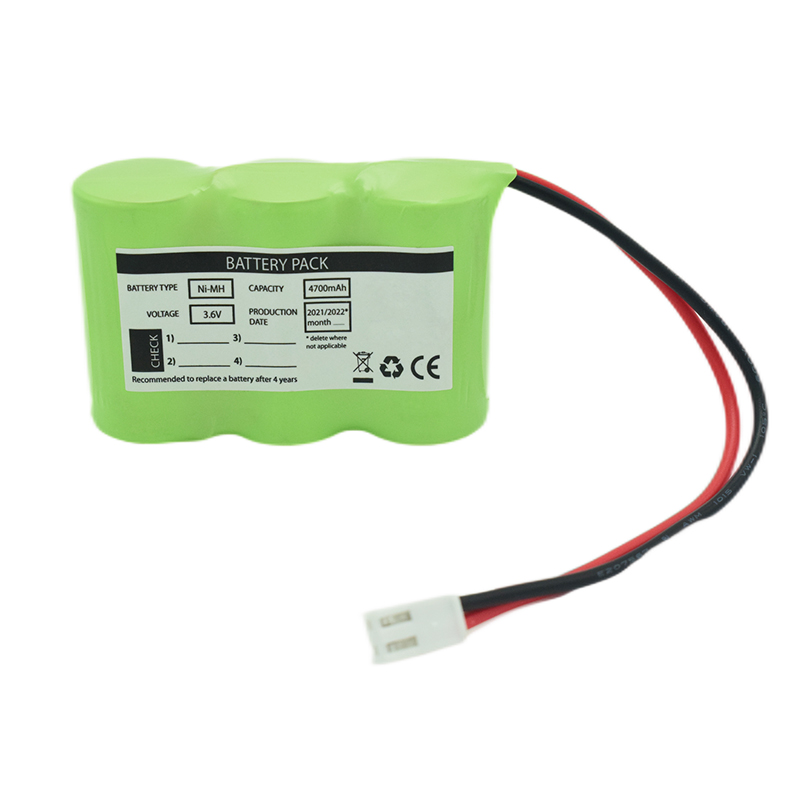 Ni-MH Battery C4700mAh 3.6V
Ni-MH Battery C4700mAh 3.6V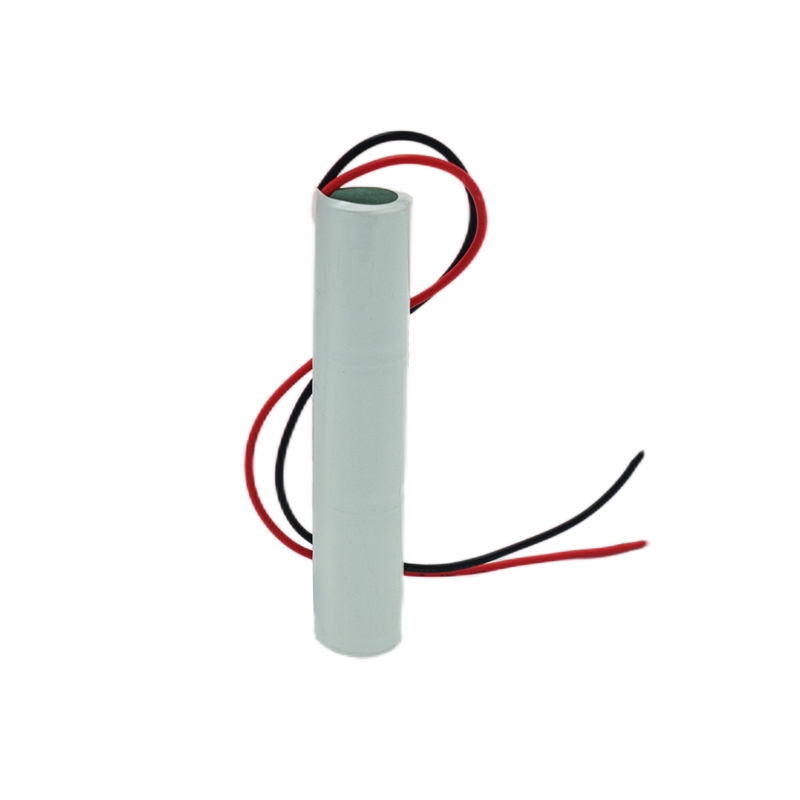 Nickel Cadmium Nicd Battery Pack SC1800mAh 3.6V
Nickel Cadmium Nicd Battery Pack SC1800mAh 3.6V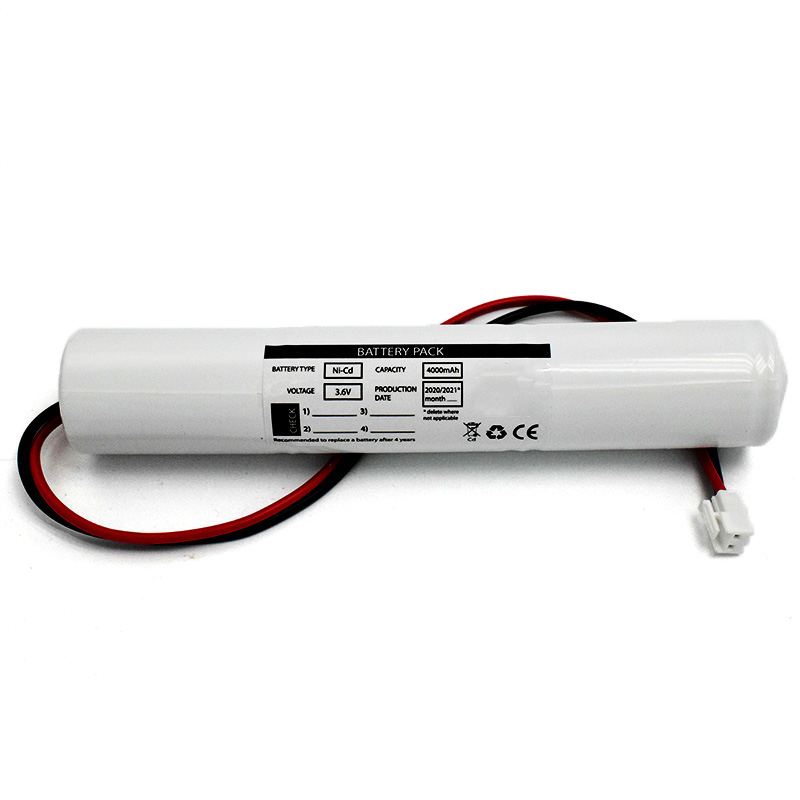 Ni-Cd Battery Pack D4000mAh 3.6V
Ni-Cd Battery Pack D4000mAh 3.6V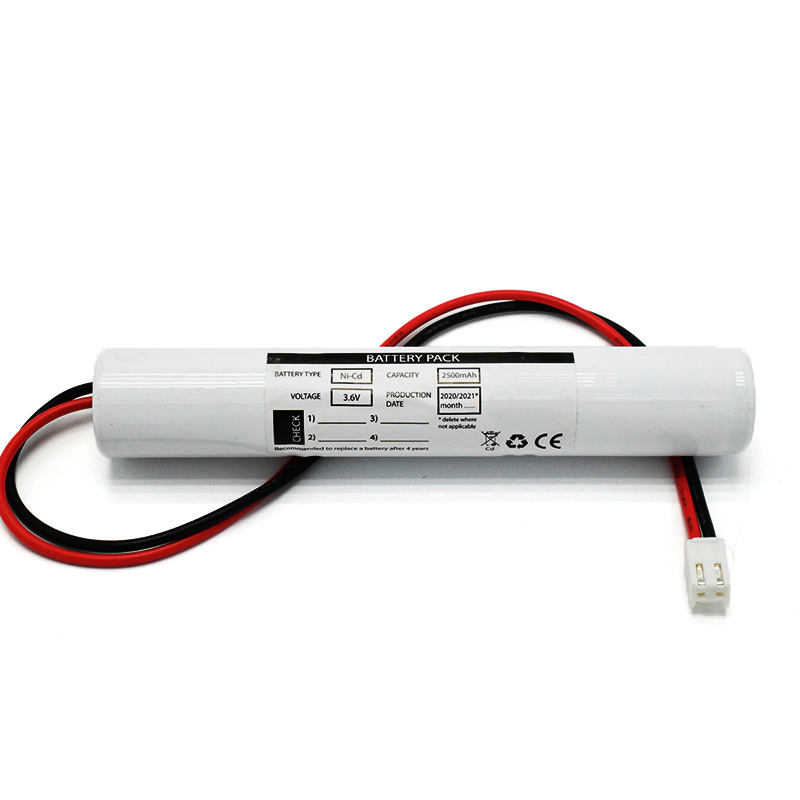 Ni-Cd Battery Pack C2500mAh 3.6V
Ni-Cd Battery Pack C2500mAh 3.6V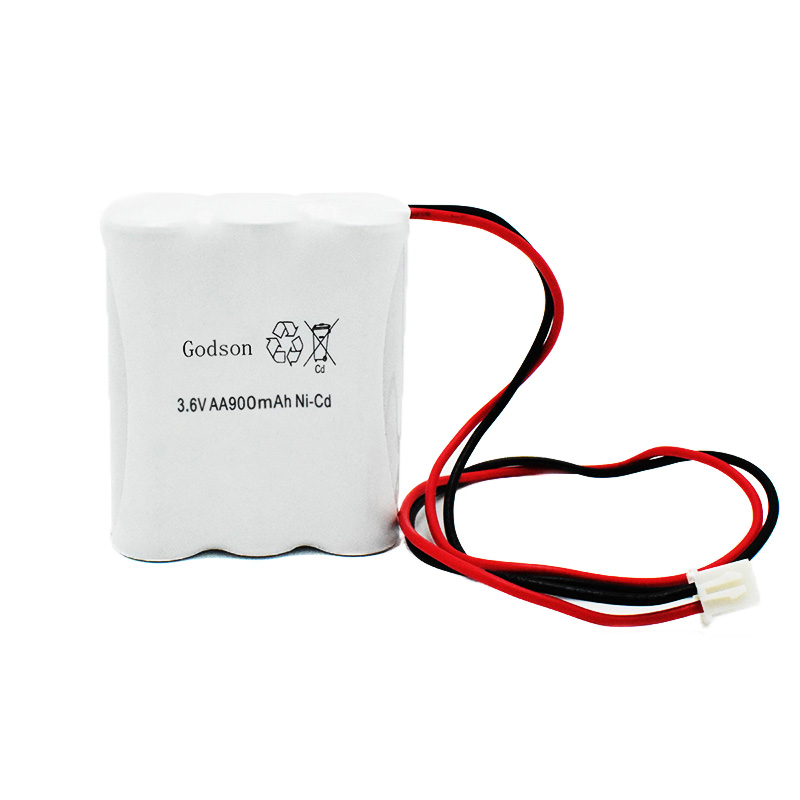 NICAD Battery Pack AA900mAh 3.6V
NICAD Battery Pack AA900mAh 3.6V LiFePO4 IFR18650 1600mAh 3.2V
LiFePO4 IFR18650 1600mAh 3.2V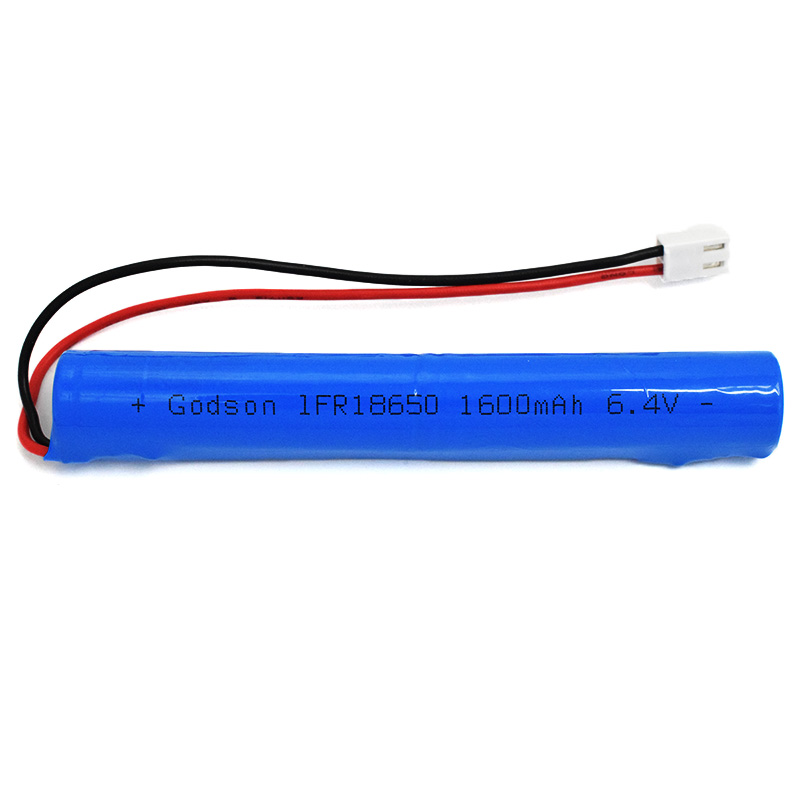 LiFePO4 IFR18650 1600mAh 6.4V
LiFePO4 IFR18650 1600mAh 6.4V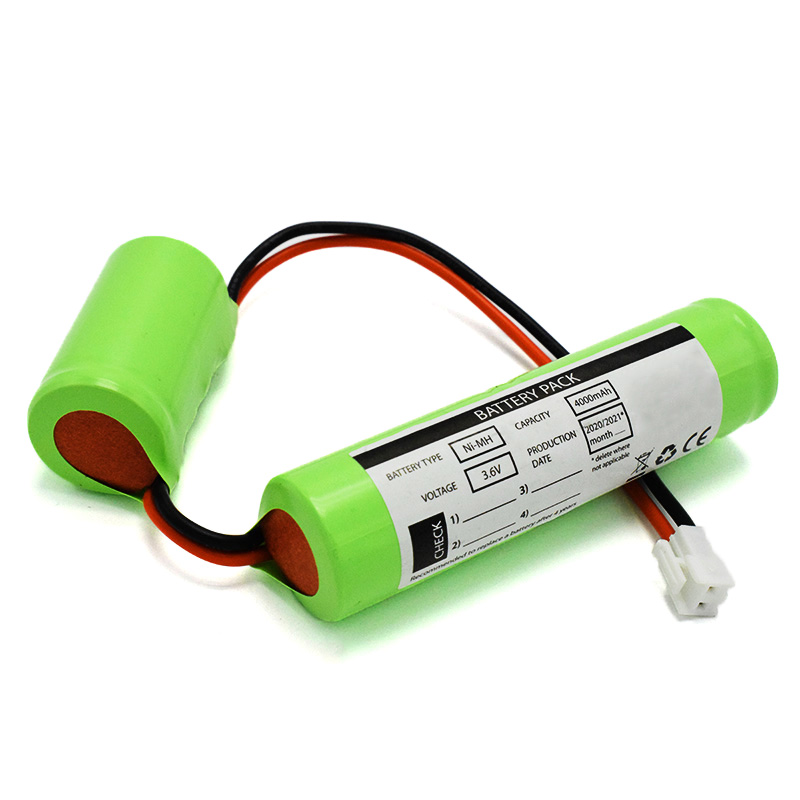 Ni-MH Battery C4000mAh 3.6V
Ni-MH Battery C4000mAh 3.6V E-bike Battery 48V 10Ah JL-1
E-bike Battery 48V 10Ah JL-1 E-bike battery 48V 10Ah Qing Tian
E-bike battery 48V 10Ah Qing Tian